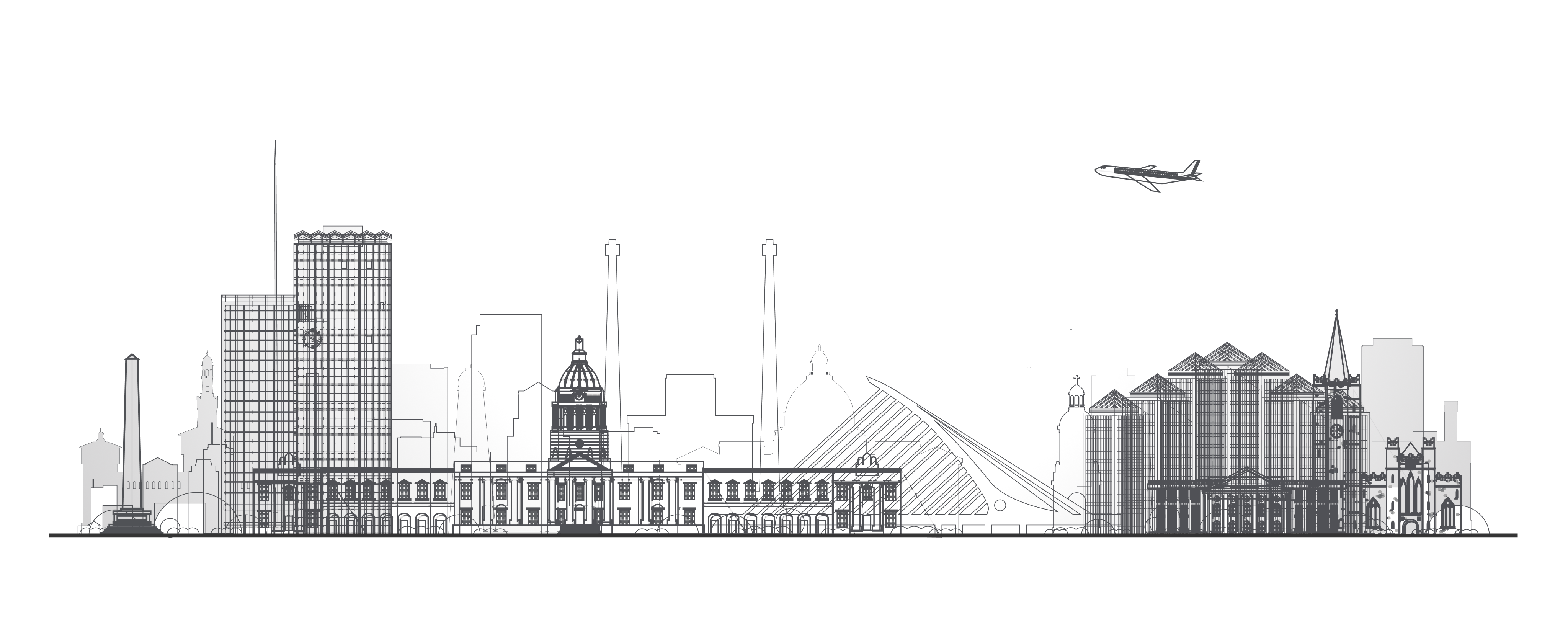Cost of Robotic Process Automation Services: An In-Depth Guide
With RPA solutions, companies are finding go-to sources in the digital transformation era for streamlining workflows, reducing manual tasks, and thereby increasing operational efficiency. While returns with RPA are promising, there is also a need to understand investments clearly. Therefore, this guide will walk you through the various costs associated with RPA as you evaluate its potential impact on your business and budget.
What is RPA?
Understanding the fundamentals of Robotic Process Automation prior to reviewing the financials is crucial. RPA applies software "bots" to automate routine rule-based tasks that are normally accomplished by humans. This includes data entry and invoice processing, to name a few, all the way up to customer service and IT support - all freeing employee time for higher-value activities. However, the cost depends upon numerous factors such as complexity in processes, business size, and customization level.
- Initial Assessment and Selection of Processes: In every RPA project, the first phase is the initial assessment, wherein companies assess their operations to select the most relevant processes for automation. Not every task is going to take advantage of RPA; hence, the selection of tasks to be worked on is crucial. This stage typically incurs consulting fees - whether internal teams or RPA vendors' fees - to analyze workflows and present an implementation plan.
- Licensing Costs: RPA vendors tend to license their software and charges are based on either the number of deployed bots or tasks automated. Licensing costs vary widely and are dependent on the size and complexity of the vendor's software. So an individual bot license might be $5,000-$15,000 a year while enterprise-level, much more comprehensive solutions might hit over $50,000. Other vendors also offer 'pay-as-you-go' models that provide businesses that do not need full-scale deployment flexibility.
- Development and Implementation: Here, the developed processes in the above step are actually developed and implemented with RPA bots. This implementation stage includes designing workflows, bot building, and testing before actual deployment. The development costs will be based on the intricacy and the degree of customization in the processes. A company that requires special requirements or industries with a significant degree of customization should expect a higher investment.
- Integration with Existing Systems: One of the often overlooked aspects of the implementation of RPA is connectivity with existing software systems. Most businesses have used different tools, so integration of RPA solutions is going to be important for the smooth running of functioning functionality. Integration costs are going to vary depending on system compatibility and whether there's some customization involved in making the bots work along with the applications.
- Training and Change Management: Implementing RPA is not just about the software but also about getting employees on board and adapting to the new way of working. Training is usually required to allow teams to learn how to monitor and engage with bots, especially in scenarios where they have to collaborate with bots on more advanced workflows. Good change management is a very expensive investment in achieving success by adopting change, and should therefore be included as part of the total costs.
- Maintenance Over Time and Support: Like any software, RPA needs to be maintained over time to keep the bots updated and operational. This can sometimes mean updating systems as well as the occasional bot overhauls in case business processes change. The costs of ongoing maintenance support differ per vendor but generally fall between 15-20% of the initial implementation cost. For instance, supposing you invested $50,000 in development, you could allocate yet another $7,500 to $10,000 every year to support.
- Hidden Expenses: The categories mentioned above cover most costs related to RPA, but a couple of hidden costs to view are: Changes in business operations may force adjustments in bots that naturally enhance maintenance costs. Additional customization could be needed if you fall under a regulated industry based on compliance and security considerations. The potential indirect cost is downtime since bots are likely to have errors, and it will take time and resources to solve the problems, indirectly increasing the costs.
- Calculating ROI for RPA: Although the initial costs are quite high, RPA will yield an excellent ROI by saving manual labor, increasing in speed of processing, and achieving higher accuracy levels. Many business organizations start realizing their return on investment within 6-12 months of implementation. The savings potential through labor and improved operation functionalities can often balance the cost of the main development process, making RPA an extremely good long-term investment.
- Getting Started with RPA: The cost of RPA is quite high at the onset, but the benefit it conveys in the long term makes it very beneficial in increasing the productivity and profitability of any company. Once the repetitive processes have been removed, firms free the energies of their workforce for tasks of greater impact, thus driving growth.
Conclusion
Quantum IT Innovation is the best to discuss your RPA and Artificial Intelligence journey with because we can provide experience in the implementation of RPA and Artificial Intelligence solutions to offer process optimization, maximize efficiencies, and support every step of the way. Contact us and talk to Experts for initial design to further development. We provide individualized solutions for each of your business needs.


Robotic Process Automation (RPA) streamlines workflows and reduces manual tasks to enhance operational efficiency


